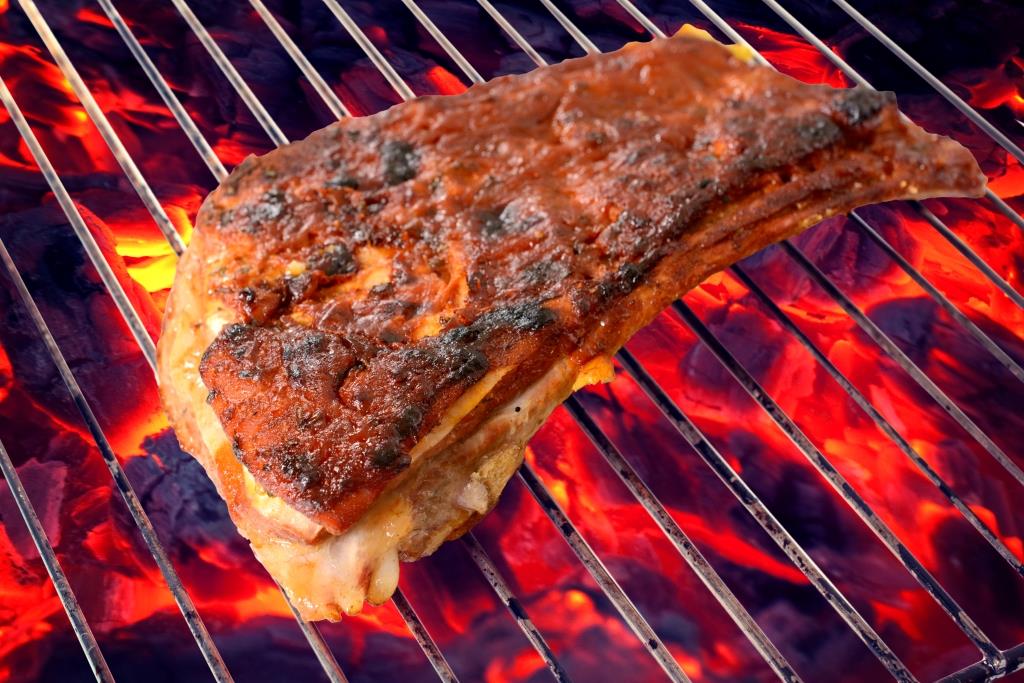Understand What a Cook Can Do to an Edible Item
No expert in marine catering services seeks to design a method for destroying or disarming the nutrients in food. Still, a cook employed by a maritime catering company can alter the nature of a food’s nutrient composition by heating that same edible item to a specific temperature. Of course no man that works on the team hired by a cargo vessel wants to stick with a diet of raw fruits and vegetables.
Suggestions for the chef that intends to cook fruits or veggies
For that reason a chef that answers to officials at a marine catering company ought to understand what happens during the cooking process. Sometimes even the preparations that precede the cooking of a certain food can harm the nutritive value of that prepared item. For instance, the washing of rice can remove as much as 25 percent of the thiamin inside of each grain. By the same token, the amount of Vitamin C in fruits and vegetables gets reduced, if those same items are cooked in a large amount of water. Yet a reduction in Vitamin C does not take place, if the heated item is a root vegetable, one that remains in its skin. The skin’s presence ensures better retention of a carrot’s, a potato’s or a yam’s nutrients. In fact, it allows such an edible root to retain 65 percent of its Vitamin C. For all vegetables, the length of the cooking process equals the importance of the approach used by the chef. By shortening the length of a vegetable’s exposure to heat, a chef can ensure retention of the vegetable’s color and flavor. On the other hand, overcooking gives added strength to the pungent, some might say overpowering flavor of Brussel sprouts and turnips.
Tips for chefs that will be preparing meat, poultry or fish
While excessive heating can lessen the appeal of a strong-flavored vegetable, its effect on grilled meat tends to be even more harmful. Meat exposed to high temperatures demonstrates production of toxic substances. Moreover, when the toxic substances from grilled foods get carried by smoke from the heated coals, a chef’s grill can become a source of unwanted carcinogens. Too often, those same carcinogens tend to become of more glaring importance than the diminishing value of the food’s nutrients. Still, an expert chef ought to be familiar with the Maillard reaction. That word is used to describe the phenomenon that takes place when the proteins in a cut of meat get heated to or above the temperature of 310 degrees Fahrenheit. Chefs delight in the brown crust that appears on a cut that has undergone the Maillard reaction. That crust enhances the meat’s appearance and flavor. Yet the crust only forms under specific cooking conditions. The chef’s chosen cut must be exposed to dry heat, and to a sufficiently high temperature. Two things associated with the Malliard effect underscore the reason that it should be familiar to any professional at a marine catering company. First of all, it yields a wide spectrum of flavors. Secondly, it causes formation of brown bits in the bottom of the pan. The officials at a marine catering company should hope that the chefs on its catered vessels appreciate what can be done with those few brown bits. That fond (what those with culinary skills call the brown bits) can become the foundation for a great-tasting sauce. The fond needs to be loosened with a liquid and seasoned with salt and pepper, before being stirred to the desired consistency. Addition of a spot of butter makes the resulting sauce all the richer and more appealing.

